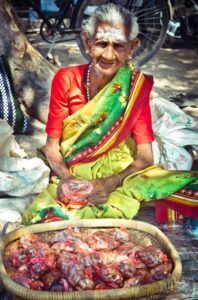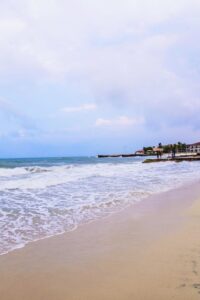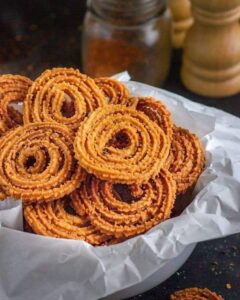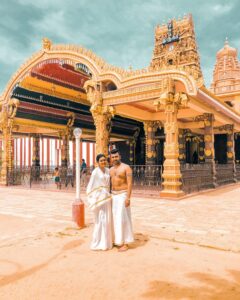Jaffna is one of the oldest human settlements in the peninsular region of Northern Sri Lanka. The city was the epicenter of a decade’s long conflict that has now ended. An old resident says in his blog “the quiet nostalgia for a gratifying past puts a faint smile on the granite brought in for reconstruction.” Reconstruction of the city and the return of its residents to the once vibrant economy are captured in canvas by an acclaimed artist. He notes “…continual transformation is the process that cities need to endure when they emerge in to new life once again.




That canvas unfolds before your eyes on your Sri Lanka vacation when you visit the Jaffna peninsula and the colourful offshore islands that surround it. Once the 2nd largest Sri Lankan city, it was also an important Portuguese colonial hold. The Dutch Fort that still dominates the Jaffna skyline is spread over an area of 22 hectares within the city limits. The star shaped Jaffna Fort built in 1680 by the Dutch is considered as the best example of Dutch fortifications in Asia.In Delft Island (Neduntivu islet) 35 kms from the city is the Delft Fort built by the Portuguese. Behind the Fort is a beautiful beach with exquisite shells.




A ferry service connects the largest island in the Palk straits with the mainland. The architecture of the Kandaswamy Kovil in the Nallur quarter of the city has been built in the South Indian Dravidian style. The shrine which stood on the site before its destruction by the Portuguese dates back to the 10th century.At Kantarodai, there are about 100 miniature dagobas or stupas crowded in to an area of about one hectare. The diameter of the largest stupa is approximately 4 meters. These are believed to be 2000 years old.Nagadeepa is a small island an hour’s journey by boat from the city. The Buddhist temple recently restored is a temple revered by Buddhists of Sri Lanka who believe that it was visited by the Buddha.












